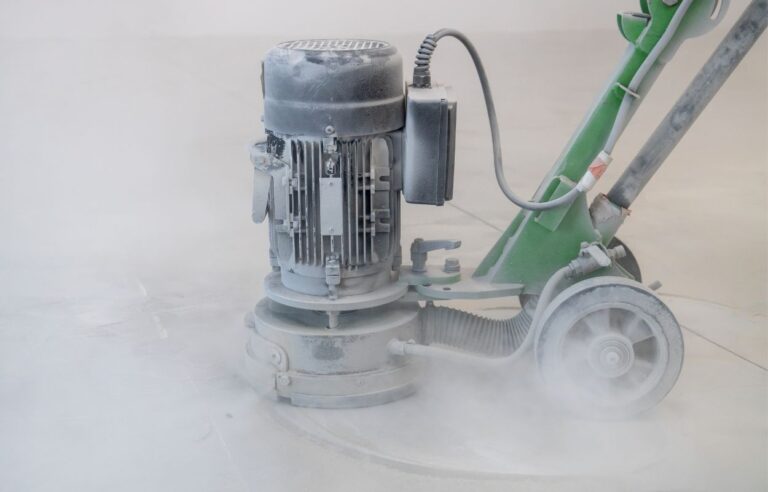
Hey there! If you’ve found yourself here, chances are you’re trying to get a handle on lead hazards in your home or community. Maybe you live in an older house, or you’ve been hearing concerns about the risks of lead exposure. Whatever the case, you’re in the right place. Today, we’re diving into the differences between lead paint and lead pipes, how to spot potential risks, and—most importantly—how to handle them safely and effectively.
WHAT’S THE DEAL WITH LEAD ANYWAY?
Lead is one of those sneaky hazards that can have serious effects on your health. It’s especially dangerous for kids, whose growing bodies absorb lead more easily. Even small amounts can cause developmental issues, learning challenges, and behavioral problems.
Adults aren’t immune either. Long-term exposure can lead to high blood pressure, kidney damage, and other chronic health issues. This is why tackling lead hazards—what’s officially called lead abatement—is so important, particularly in places like Port Alberni, where older homes and infrastructure are more common.
LEAD PAINT: THE SILENT DANGER ON YOUR WALLS
If your house was built before 1978, there’s a decent chance it might have lead-based paint. Back then, lead paint was popular because of its durability and vibrant colors. Unfortunately, we didn’t fully understand the health risks at the time.
The paint itself isn’t necessarily harmful if it’s in good shape. The trouble starts when it cracks, peels, or chips. Tiny flakes and dust particles containing lead can easily spread through your home and, eventually, your body. Not ideal, right?
Testing for lead paint is the easiest way to know for sure if it’s a concern. While there are DIY test kits available, getting a professional to check it out is a safer bet for reliable results.
Managing Lead Paint
Avoid disturbing old lead paint unnecessarily. If it’s intact, you can seal it with a fresh layer of non-lead paint to keep it contained. Regular cleaning helps minimize risks too. Wiping surfaces with a damp cloth and using a HEPA-filter vacuum can reduce the spread of lead dust. For larger or more complicated areas, professional abatement might be the way to go. This is especially important during renovations when lead dust can spread everywhere.
LEAD PIPES: HIDDEN RISKS IN YOUR PLUMBING
Now, let’s shift gears to talk about lead pipes. In older homes, lead pipes or lead solder may still be part of the plumbing system. The problem here is that lead can leach into your water, especially if the pipes are corroding.
Drinking or cooking with lead-contaminated water is bad news. Over time, it can lead to cognitive and developmental issues in children and health problems for adults.
If you suspect lead pipes, you can do a quick visual check. Lead pipes often appear dull gray and are soft enough to be scratched with a key. A plumber can also help confirm the presence of lead.
Reducing Lead in Your Water
Running your tap for a minute before using water can help flush out any lead that has accumulated. Using a water filter certified for lead removal is another great step. Ultimately, replacing lead pipes is the most permanent solution, but it can be expensive. Some municipalities offer programs to assist with costs, so it’s worth checking your local resources.
WHY LEAD ABATEMENT IN PORT ALBERNI MATTERS
In Port Alberni, lead hazards are a real concern. Many homes were built decades ago, when lead-based materials were standard. With the damp coastal climate, issues like peeling paint and corroding pipes can become even more pronounced.
Focusing on lead abatement in Port Alberni is about more than just individual homes. It’s about creating healthier, safer environments for the entire community. Addressing these hazards, whether by sealing old paint or upgrading outdated plumbing, makes a world of difference for everyone.
PRACTICAL SOLUTIONS FOR SAFE LEAD ABATEMENT
Now that you know the risks, let’s explore some practical solutions.
When dealing with lead paint, disturbing it as little as possible is key. For small areas, sealing or encapsulating the paint with a specialized product can be a safe option. But if you’re planning renovations or the paint is already in poor condition, professional help is the safest route. Abatement teams have the tools and expertise to safely remove or contain lead paint without putting your health at risk.
For lead pipes, full replacement is ideal, but there are ways to reduce exposure in the meantime. Filters that remove lead are a great option, as is flushing your pipes before use. These steps can significantly lower your risk until permanent solutions are in place.
Regular testing, whether for paint or water, is also an important part of staying ahead of potential lead hazards.
SPREADING AWARENESS AND BUILDING COMMUNITY
Lead abatement isn’t just a personal issue—it’s a community one. Sharing resources and knowledge with your neighbors can make a big difference. If you’re in Port Alberni, consider getting involved in local initiatives that focus on public health and safety.
Government programs or local organizations often provide grants or financial assistance for lead abatement. A little research can go a long way in reducing costs and making your home safer.
Addressing lead paint or pipes can feel overwhelming, but it’s entirely doable with the right information and approach. Whether you’re sealing up old paint, testing your water, or advocating for better community-wide solutions, every step matters.
Lead abatement in Port Alberni is about creating healthier homes and a stronger, safer community for everyone. By working together and staying proactive, we can tackle these hazards one step at a time.
If you have questions or need more guidance, don’t hesitate to reach out. Let’s take the steps necessary to make your home and community lead-free.





